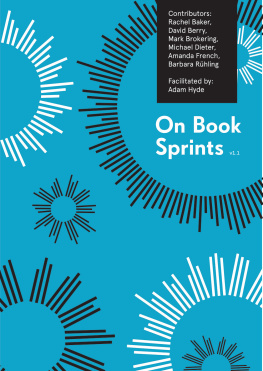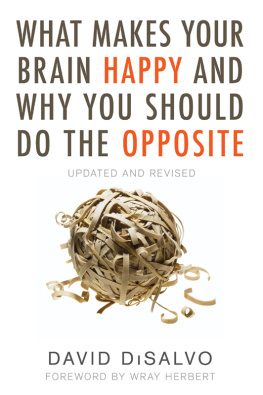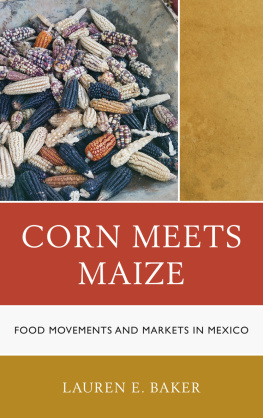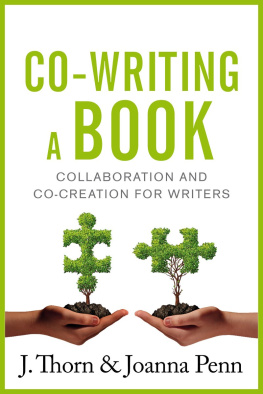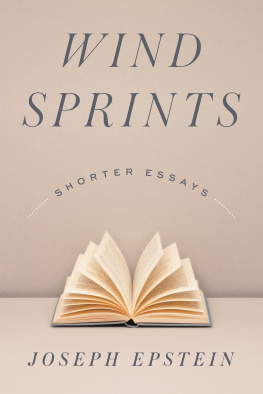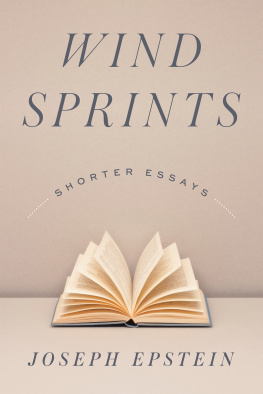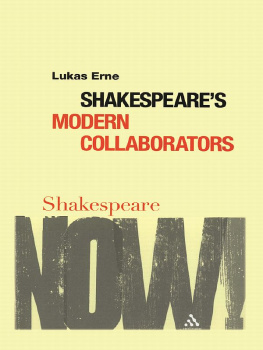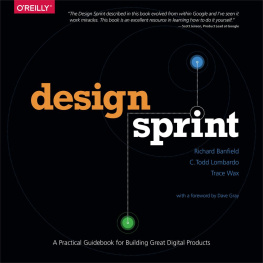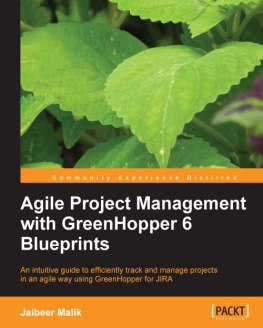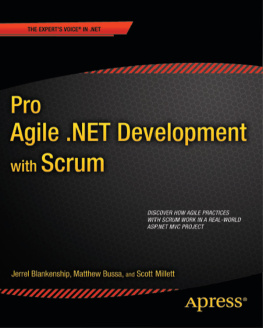Introduction
In this book, we reflect on the process of the Book Sprint as a form of collaborative engagement and knowledge production. Simply put, it is a group of people and a facilitator coming together to write a book in three to five days. However, sprinting contains a number of important and unique potentials for the creation of new knowledges, new ideas, new concepts and, most importantly, new books to emerge as a collective project. In delivering these outcomes, Book Sprints can be taken as a set of 'patterns' or know-how that enables the rapid development and writing of a short-form to medium-length text as a generative practice.
When speaking about collaborative writing approaches such as Book Sprints, writers regularly express dismay. Indeed, writers often immediately reject collaborative writing, preferring a single-authored mode, preferably a slow writing style. However, it is important to point out that writing has always involved collective work, with copy-editors, proofers, editors, colleagues, partners and mentors. Indeed, writing has never solely been in a single key, with the reality being a wide spectrum of writing styles moving between fast, often journalistic and impressionistic writing styles, to the slower pace of learned books and journals. Book Sprints seem to occupy a middle ground between these, deploying a writing process which is materialized in software, organized by a set of practices (patterns) and supported by a writing facilitator.
The book sprinting process makes use of a number of what we call "patterns" in the development of a collaborative writing event. These can be deployed in phases, each of which will be discussed in detail later in this book, for example concepting, structuring, writing, revising, and publishing. The patterns provide the context and the norms that surround a particular moment in the Book Sprint process and the idea is that these patterns provide broad contours of sprinting activity rather than an overly prescriptive set of rules. These patterns are heuristics to help participants understand when certain moments in a Book Sprint are begun and finished, although, of course, there is the possibility of revisiting earlier patterns if necessary.
We use the term pattern deliberately here, alluding to Christopher Alexander's notion of architectural ordering (see Alexander 1979), which has been taken up in software development through the creation of common libraries of software functions. The patterns that we outline in this book are, however, intended to be open rather than closed in their instantiation. Similar to Alexander's concern with architected space and the people that will one day inhabit it, the book sprinting process we detail here is under-determined and ideally creates spaces for people to interact, converse, contest, and crucially write within. Of course, a Book Sprint is only a sprint in a figurative sense, but could be more literally considered an enabling environment that creates the conditions of possibility for contributors to express themselves through concept-creation, structuring, writing and illustrating.
It is important to note that the form of writing that emerges from Book Sprints is mediated through a set of software tools, and uses what we might call a pattern-set, which is provided as affordances of norms and values for a group of nascent writers. That is, the Book Sprint has both a technical and a social dimension which together enable the book to be written, but most importantly for the space of collaboration to be opened.
This approach which highlights the contingent and creative aspects of the collaborative process can be challenging for contributors (and sometimes the facilitator) and it is common for the contributors to move between lows and highs at various points through the process. Due to the compressed nature of the time available for writing, which may be as little as three and as many as five days, the book sprinting process is able to work successfully because it places the construction site of the book central to the collective and individual focus of activity. That is, the co-written text is the mediating object that is shared by the participants. Whilst digressions, discussions, and speculative thought are encouraged, ultimately the book topic, question or structure creates the space for these thoughts and ideas to become material for the book, or not, as the case may be. Additionally, the book sprinting process, by stressing the collaborative aspects, materializes the being-together, working-in-tandem, sharing and intersubjective exchange of ideas, but also written text, submerging authorship into a collective form of writing which is extremely powerful.
So what does a Book Sprint do well? Here, we point to what we think are useful ways of thinking about the two modes of knowledge production within which the Book Sprint operates. The first, the extractive Book Sprint, is generally mobilized to document and describe known objects, processes or work practices. In this mode, technical manuals represent an exemplar for the kinds of descriptive process that takes place. The second is the generative Book Sprint which is mobilized to create new concepts, enable critical reflection on practice, produce new ideas, practices and meanings. In reality both of these modes may be woven together as they operate on a continuum, but it is generally useful to have in mind the kind of activity that a particular Book Sprint will be geared towards. Some of the things Book Sprints do well include:
Opening a space for critical reflection on practice.
Eliciting knowledge from subject-matter experts, e.g., legacy or new technologies, NGO reports, etc.
Creating responses to fast-changing social and political controversies.
Facilitating new networks and vocabularies between individuals and organizations.
We also anticipate multiple readers for this book. It is intended to be a resource for practitioners and contributors to book sprinting; however, it is not a definitive how-to guide or manual. It provides a reflection on the practice itself. In this way, it contributes to wider discussions about the changing structure of "The Book", about the circulation of knowledge and material conditions of production. It also challenges managerial techniques that over-determine knowledge production through instrumental technologies of performativity (such as cost-benefit analysis).
Chapters 2, 3 and 4 provide a conceptual and analytical background for the book. These chapters, by the nature of their contents, undertake a relatively abstract level of analysis, and can be skipped and returned to later, or read iteratively if the reader wishes to jump straight into the case studies and the more practice-oriented aspects of book sprinting. Indeed, we have tried to write this text to enable multiple entry points for reading and browsing. However, we have also structured the book so that the chronology of the chapters provides scaffolding for understanding the process and deploying the concepts and practices in the under-determined form that enables and supports the fullest range of creativity and engagement of participants. We now turn to the critical and conceptual underpinnings of the approach.
Suggested Tools
Internet
Book Sprints, http://www.booksprints.net/
Testimonials
Photos of Previous Sprints, https://www.flickr.com/photos/101584348@N06/
Alexander, C. (1979) The Timeless Way of Building, Oxford: Oxford University Press.
Woolf, V.A ([1928] 2000) Room of One's Own, London: Penguin.
Textual Artefacts
In this chapter, we present a background framework for thinking about Book Sprints and its related practices. The aim is to present some useful concepts and ideas, to consider the problematics that the approach emerges from, both for thinking about Book Sprints, and also to give some context for the ideas of collaboration and sharing that Book Sprints offers as an alternative to traditional notions of authorship and writing. In the first section, we offer some historical contextualization of the book and then move to discuss questions of velocity and speed in relation to perceived (and actual) benefits of writing and collaborating at an accelerated pace. Finally, we turn to the question of the deployment of the Book Sprint patterns developed in this book, patterns which are drawn from the experience of the Book Sprint team and their experience in over 80 successful Book Sprints.

